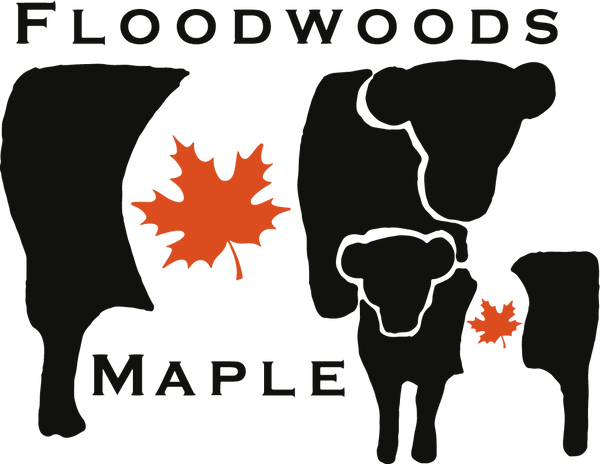Maple syrup is a delicious and natural sweetener that is loved by many. But have you ever wondered how it is made? Let's dive into the fascinating process of maple syrup production.
Tapping the Trees
The first step in making maple syrup is tapping the maple trees. This typically happens in late winter or early spring when the temperatures start to rise above freezing during the day and drop below freezing at night. A small hole is drilled into the trunk of the tree, and a spout is inserted to collect the sap.
Collecting the Sap
Once the trees are tapped, buckets or pipelines are used to collect the sap that flows out of the trees. Traditional maple syrup producers still use buckets, while larger operations utilize a system of pipelines that transport the sap directly to the sugarhouse.
Boiling the Sap
After the sap is collected, it is taken to the sugarhouse, where the process of turning it into maple syrup begins. The sap is poured into large evaporator pans and boiled. As the water content evaporates, the sap becomes increasingly concentrated.
Filtering and Bottling
Once the sap reaches the desired sugar content, it is transferred to a finishing pan. At this stage, any impurities are removed by filtering the syrup. The filtered syrup is then poured into bottles or containers, ready to be enjoyed.
The maple syrup production process is a labor-intensive yet rewarding endeavor. From tapping the trees to boiling and filtering the sap, each step plays a crucial role in creating the delightful maple syrup we all love. So, the next time you enjoy a stack of pancakes or waffles, remember the journey that maple syrup has taken to reach your plate.

